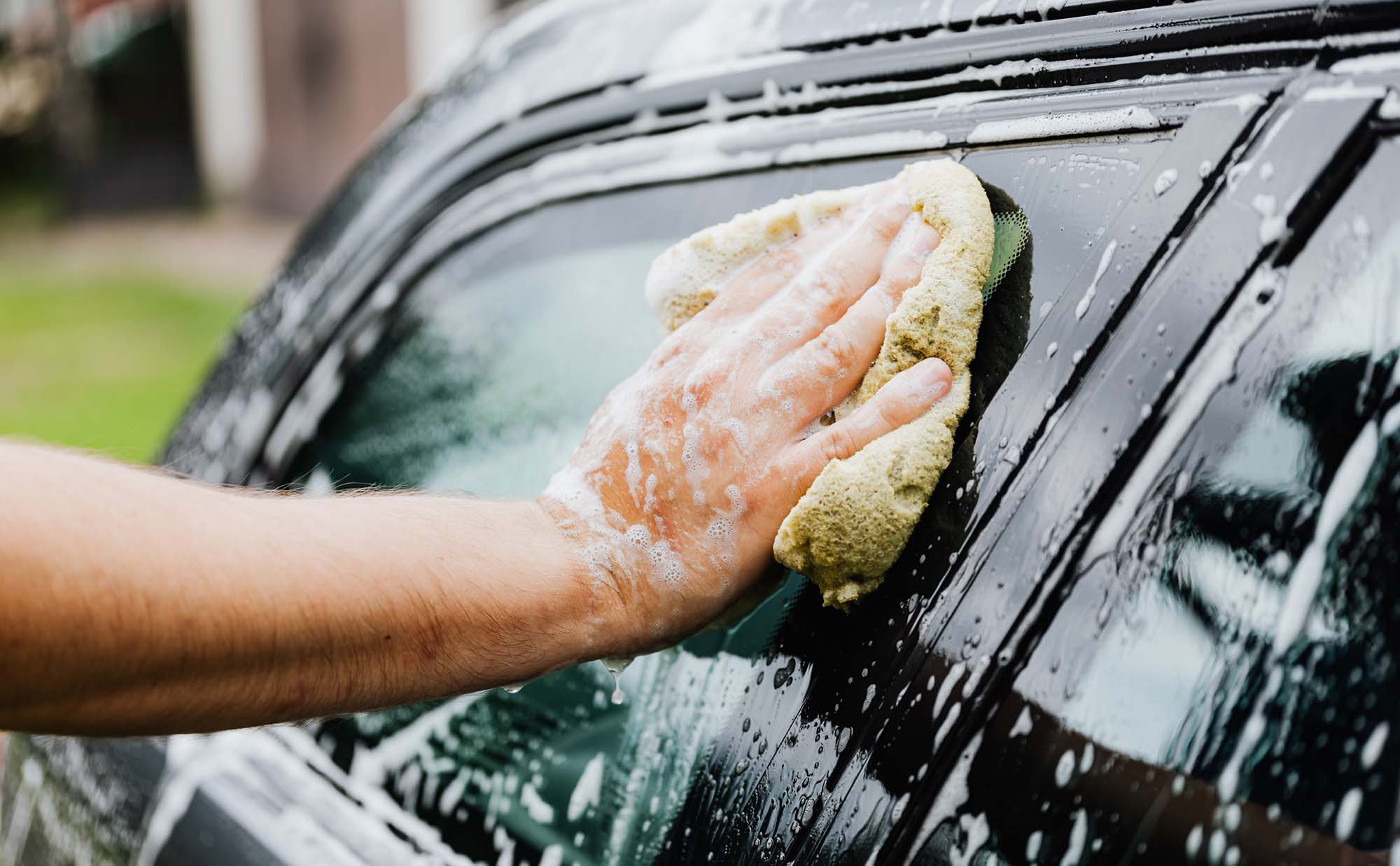In this post, we investigate whether oil additives deliver on their big promises. Here is a summary of what we know and think about oil additives.
The climate of B.C. is a heaven for a variety of moulds. Microscopic spores are all around us, both outside and inside our homes and cars. Not only is mold unsightly and smelly, but certain types of mold are dangerous to breathe in due to allergies or some individuals’ reactions to toxins in the spores. In order to grow, mould needs a food source as well as water or humidity. Here’s how to address one kind of mould – the kind that grows on car windows and windshields. Now that the rainy season is here, we can take a look at how to prevent mold in the future and stay out in front of this nasty menace.
Why Should I Be Concerned About Windshield Mould?
An infestation of mould on your windshield is dangerous and should be removed for a number of reasons. Mould can grow quickly, and can damage and eat away at the window seals, creating an unstable fitting of the glass and possibly displacement of the windshield. Damaged window seals allow moisture into your car’s interior. The further moisture can start future infestations of mold on the fabric of your car. Inhaling mould spores can be bad for your health, causing respiratory distress.
Which Vehicles Have Greater Risk of Mould?
Active vehicles that are routinely warmed up and driven rarely have mould growing on the windows. However, if you store your car or leave it parked in one spot for a long time, you’re at risk for mould to take hold. If you haven’t driven your vehicle in months, perform a thorough inspection, looking for evidence of mould or damaged or cracked window seals. If possible, wipe down condensation periodically from the inside of your unused car, and don’t allow moisture to pool on the seats. Turn on the vehicle periodically, park it in the sunlight, or run the aircon or heating systems. Warm and dry conditions will inhibit mould growth. If you are storing your vehicle at length, check out our tips on how to store safely and effectively.
Preventing Mould
This is simple but the best way to prevent mould on your windshield and car windows is to keep your car clean, and dry. Vacuum regularly and never leave food, organic matter or trash prone to decomposing inside the car. Spills are bound to happen, and when they do make sure to clean it immediately and leave the window open slightly, giving the area a chance to fully dry. If mould does appear, use commercial disinfectants, or vinegar, to clean it up, especially if condensation is pooling at the window edges.
If you are faced with a great deal of mould on the window seals or inside your vehicle, you might want to consult a professional who has the experience and the tools to deal with a large-scale infestation.




